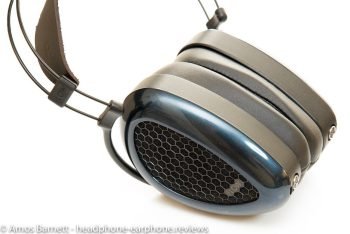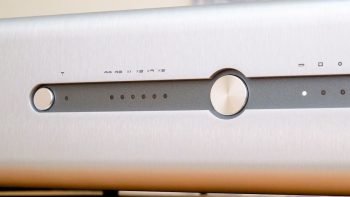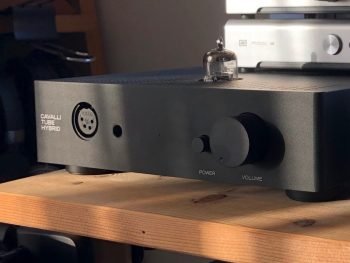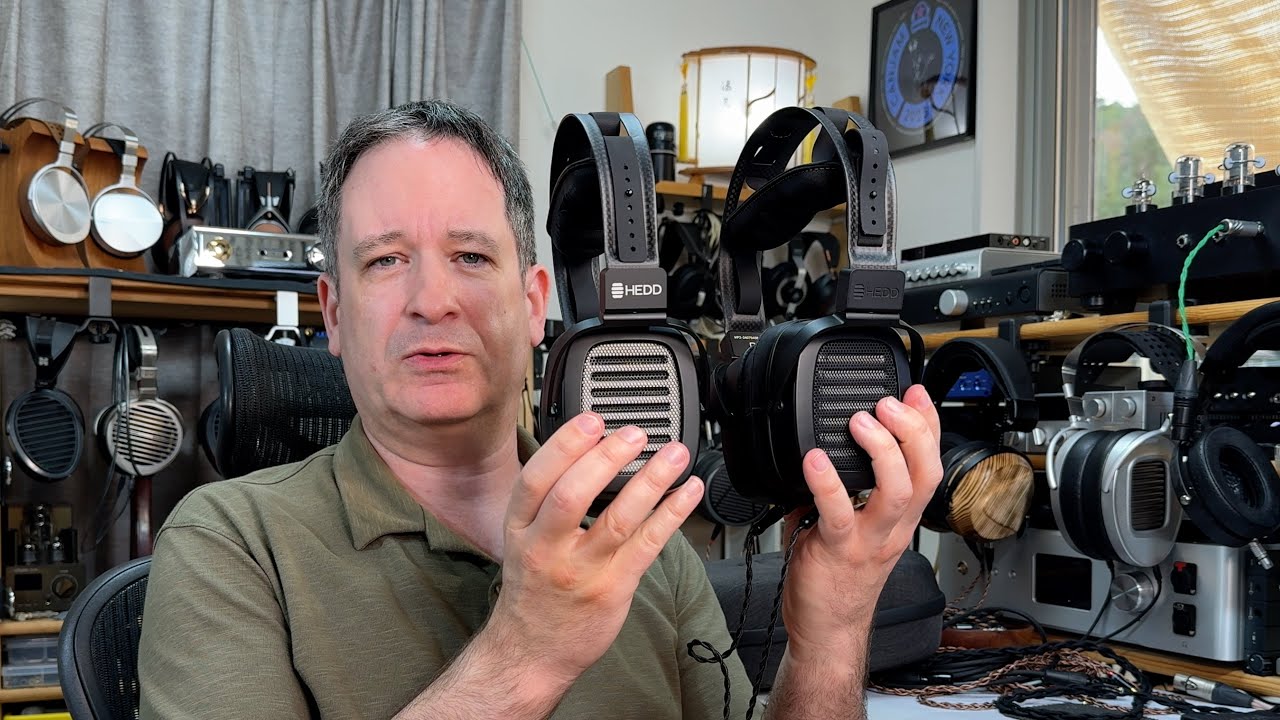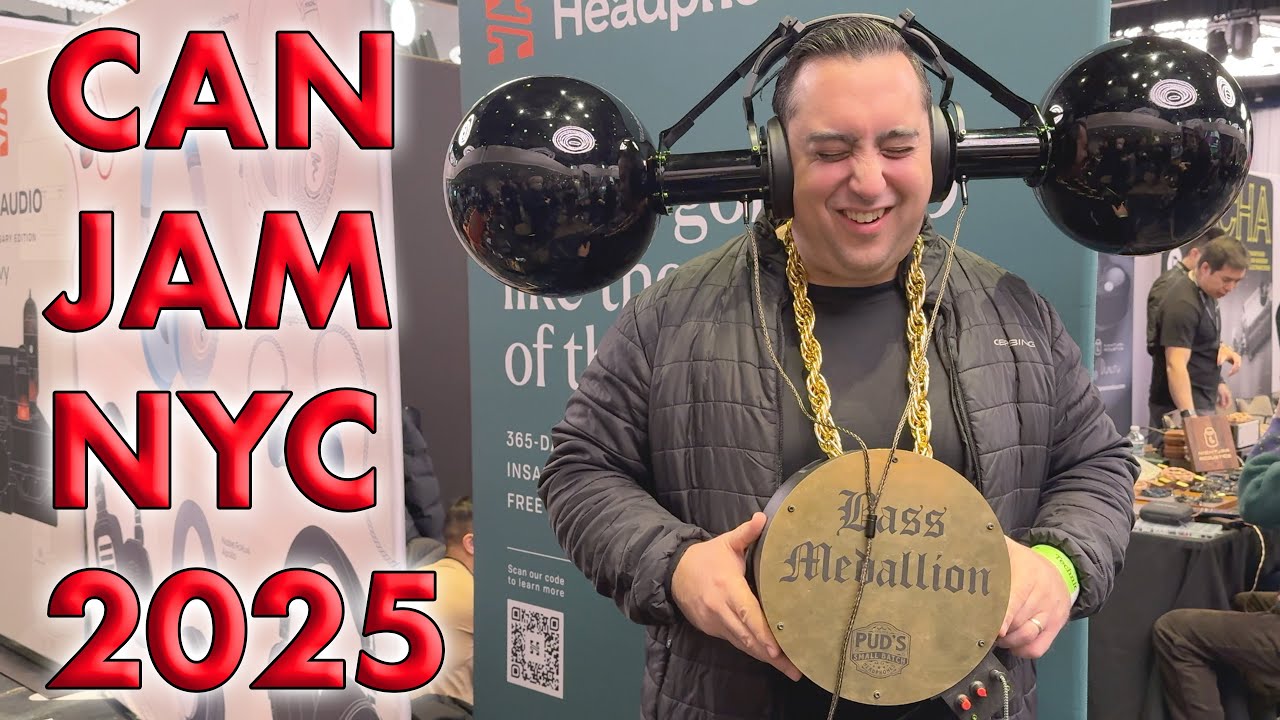While it’s a bit late, a few people asked me what I thought were the best products of 2018. That’s a difficult choice, as I didn’t get to experience as many as I had wished, and some are still due to be reviewed. As well, I didn’t get to explore Bluetooth headphones as I had hoped, so they will be missing in this comparison.
I went over everything where I’d posted a review in the last year, added items that are here for review, grouped them and selected the best of each. Here is the list.
Best closed-back headphones $500-1000
Contenders:
This was an easy one for me, given only two models were in the running. For that, the Campfire Audio Cascades were and easy choice. What they had for me over the MrSpeakers Aeon Flow was the ability to instantly make me smile. I found myself reaching for them regularly.
Sure, the sound is somewhat V-shaped, but they gave me what I’d wished from Ultrasone long ago when I owned both the Edition 9 and then Edition 8: Fun and detail at the same time. What is more, with the tuning inserts it is possible to dial in just the amount of treble desired. Their main negative is that the headband isn’t as comfortable as it could be.

Campfire Audio Cascade
Best Closed-Back Headphones $500-1000 2018
Best open-back headphones $500-1000
Contenders:
While Massdrop Focal Elex and HiFiMan Sundara did a great job getting their respective technologies down to lower price levels (and for the sake of argument, I consider the Sundaras to be in this price range), MrSpeakers’ Aeon Flow Open was my choice in the end.
It wasn’t just the slightly better treble compared to the Elex, or inserts allowing them to be tuned to taste, but the design. Using Nitinol wire for the headband was a genius idea for the Ether series, but to then simplify the whole design had top engineers from other companies heaping praise on them at the Tokyo Headphone Festival.

MrSpeakers Aeon Flow Open
Best Open-Back Headphones $500-1000 2018
I can’t help wondering what I might have chosen if I’d had some ZMF headphones here…. maybe next year.
Best Desktop Digital Component
Contenders:
This was truly the hardest choice to make, as the contenders were all outstanding in one way or another. What is more, it seemed that at the last minute changes and updates came flying at me.
Schiit Audio’s Yggdrasil Analog 2 upgrade brought sufficient improvement to their flagship DAC that I couldn’t tell it apart from the Hugo 2, either through top-of-the-line headphones or speakers. Either can be a bit dry for taste, so DACs such as Audio-gd’s resistor ladder (R2R) series can bring the magic of what used to cost thousands more from MSB or the Total DAC.
In that, Audio-gd came out with the cheapest linear-compensated ladder DAC/amp ever seen, the $350 R2R-11, as well as bringing out a new chassis to fit their R2 DAC and NFB-1AMP in a single box.
Then there’s the iFi Pro iDSD. Combining the best of what iFi/AMR is capable of from their other components, yet adding much more, such as word clock support and wireless streaming, one can easily tune it one’s liking by twiddling the digital filters or (dis)engaging the tube modes.
In the end, I felt that with the last-minute and somewhat flakey MQA-supporting firmware, and incomplete user manual, that less is more, and so my choice is:

Audio-gd R28
Best Desktop Digital Component for 2018
One Head-Fi member called the Audio-gd R28 his “end game” system. Given how close it gets to my best equipment for far less money it is fantastic value. Even if it isn’t the best measuring device, it, along with the other R2R Audio-gd components makes listening enjoyable without having to tweak any settings, and it is both silent enough to drive from IEMs to being powerful enough to handle the HE6V2 or Susvara.
Best Portable Digital Component
Contenders:
Apart from the DAPs, I doubt you could find a more varied list of types of components. All of them brought outstanding functionality and value to the table and eliminating them was tough.
In no particular order: The FiiO Q5, even though it cleverly uses the X7’s amp modules and can switch USB input sockets, doesn’t have LDAC Bluetooth support and needs a smart phone to completely control its functionality. I really want to see what happens if FiiO brings out an updated Q5 II in a M9-like size.
The iFi xDSD offers the one thing I wish the Chord Mojo had by default: Bluetooth, yet sounds almost as good. However, why wouldn’t you buy an xCAN instead? I think the most confusing thing was the 3.5mm HiFiMan-style headphone socket — the only one on any iFi product that I know of. The very shiny case is not only a fingerprint magnet, but scratches very easily. On the plus side, they included strips of 3M Dual Lock, specially cut to fit the unique design, and some people will definitely welcome the inclusion of 3D mode and X-Bass options.
The Bluewave Get demonstrates just how little one has to spend to get music on the go, and it’s really only that there are competing devices in the same price range that are also held in high regard that gave me second thoughts.
Of the DAPs, The FiiO M9 has so much functionality that I keep finding things I’ve missed, and it’s only likely to get better with firmware updates. Outstanding battery life, despite using Android, is only really let down by a lack of CPU power for 3rd party apps and a 2.4G wireless limit.
The Shanling M0 deserves an honorable mention for seeing just how small you can get a highly functional DAP to be. If only they’d optimised the UI better for the tiny screen.
But my choice is:

The Hiby R6
Best Portable Digital Component for 2018
The Hiby R6 brought outstanding value to the table, conducting a well-managed Indiegogo campaign for which they only need to put the DAP into full production. With full Android, a high-spec CPU with what is pretty much full smartphone processing power, a great music player and good-sounding hardware really showed how far behind even many extremely expensive DAPs were.
This forced everyone to up their game considerably, given you could get one for under $500. Now there is a pro version with better specs available it does really make hard to argue against buying it.
Best Desktop Headphone Amplifier
Contenders:
For this choice, given the massive difference in price range between the cheapest (Magni) and most expensive (Solaris) it wasn’t just performance I had to consider, but value. Starting at the top, the gorgeous Audiovalve Solaris tries to be everything to everyone, and at 5000 Euro, can drive everything from IEMs up to Susvaras, speakers and electrostats. Be careful with the settings though! For an extra 1000 Euro, you can get a DAC included too. However for that price, you can get an entire top-of-the-line Schiit or Audio-gd stack, making it tough to recommend.
In the middle sits Audio-gd’s sophisticated Master 9, the complex iFi Pro iCan, and Soundaware’s neat P1. While the Master 9 has the edge on detail retrieval over the other two, it also has a lot of functionality and drives IEMs (which it isn’t intended for) incredibly well. However I felt myself reaching for the P1 more often when listening, as I preferred its slightly sweet tone, and I can still use it as a pre-amp for my speaker rig.
iFi’s Pro iCan has an incredible amount of features and drives even HiFiMan’s Susvaras with authority, adding to, rather than subtracting from the matching Pro iDSD when paired together. However the inability to switch out the pre-amp mode (and the gain settings unnecessarily affecting it) along with the lack of detail retrieval ultimately knocked it out of being a contender.
Schiit provided the entry level contender for my $350 rig review (coming in January) with the Magni 3. At $99 it’s the bargain you’d expect it to be.
However the amp that impressed me the most, and had me listening often with it, was:

Schiit Audio Lyr 3
Best Desktop Headphone Amplifier
The Lyr 3 is not the most detailed, nor neutral, but it’s a very clear step up from their smaller amps and provides sheer enjoyment when listening. You can either safely stick with the stock 6SN7 tube, or roll in a huge variety of tubes (with adaptors as required) and have a lot of fun.
It was great even with the basic Modi Multibit DAC, and is good enough for most music out there. What is more, it’ll even drive tough headphones like the HiFiMan HE6V2 or Susvaras with ease. No need to worry about system synergy at all.
Special Mention
Although I haven’t reviewed a sufficient number of IEMs this year for me to feel I can give a “best”, I have to mention one pair of IEMs that have just arrived, the Campfire Audio Solaris. Combining the best of what he achieved with the Andromedas and Atlas, Ken Ball has created a set of IEMs that are outstanding in their presentation of music.
I’ve only had them here about a week, and already I’ve become impatient to find out what they are capable of. To give one hint — I listened to one track on an AK380, then immediately afterwards to the same track through the Hugo 2, and I could clearly make out a step up in sound quality. How’s that for scaling up!
I reckon Ken could have sold them for $2000, but he has avoided doing what other manufactures have and has kept them at a fairly moderate price level. I look forward to posting my review of these in January.







